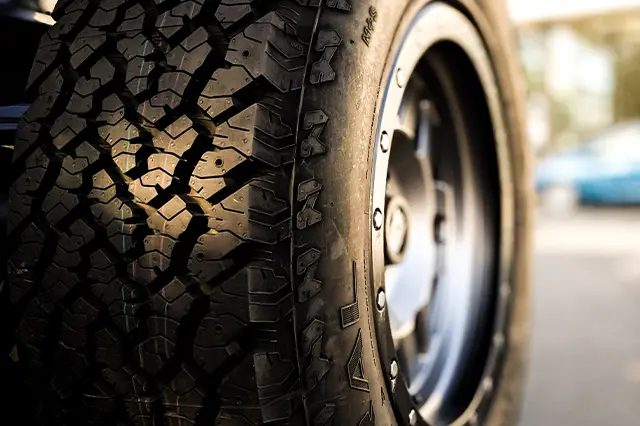
Tire Alignment: What You Need To Know
When it comes to your car, you can’t go wrong with a set of properly aligned tires. And the same goes for your bike, skateboard or other vehicle. Over time, improperly aligned tires can cause significant damage, not to mention increase your chances of getting a car accident. In this blog post, we will discuss what you need to know about tire alignment and why it’s so important. We will also provide tips on how to properly align your tires and minimize the chances of experiencing any problems in the future.
What is a tire alignment?
In the automotive industry, a tire alignment is the process of correctly positioning the four tires on a vehicle. Alignment is important because it ensures that each tire is pointing in the same direction and that Toyotas and Chevys are driving on level ground.
When you drive, your wheels create centrifugal force which pulls the vehicle towards the center of the tire. If one or more of your tires isn’t aligned properly, this centrifugal force will cause the vehicle to pull away from the road and potentially spin out.
There are three types of alignments: static, dynamic, and periodic. Static alignment adjusts each wheel’s position relative to its peers without moving the car. Dynamic alignment moves all four wheels simultaneously while periodic alignment checks each wheel after every few miles driven.
Regardless of how it’s done, an alignment should be performed every time your brakes or suspension are serviced. It’s also advisable to have your tires aligned every 3 thousand miles or when they start to show signs of wear.
Types of alignments
Tire alignment is the process of adjusting a car’s suspension and steering system to compensate for uneven loading on the tires. Alignment can be corrected manually, but more often it is corrected using sensors and software. In manual alignment, the technician looks at the driver’s side mirror to see how the car is sitting relative to its front and rear wheels. The technician then makes smalladjustments to the suspension and steering system.
In automatic alignment, the computer does most of the work. The computer compares the height of each wheel off the ground relative to a reference point on the chassis. It adjusts each suspension and steering system element accordingly. Automatic alignment is usually performed when a new tire is installed or when a tire wears out.
When should you have your tire alignment?
When you have your tire alignment, the technician will measure and adjust the front and rear suspension settings. This is important because it can help to improve handling, ride quality, and fuel efficiency. Proper alignment can also reduce the risk of getting a flat tire.
To verify proper alignment, your technician may use a tire gauge. But always check your tire pressure notice before you leave for the shop because some tires may need to be inflated to the recommended level for optimal alignment.
How to have your tire alignment done
Many drivers mistakenly believe that their tire alignment is only a simple procedure that needs to be done when their tires are new. This couldn’t be further from the truth, as an incorrectly done alignment can actually cause your car to perform worse in the long run.
Here’s what you need to know about getting your car’s alignment done:
1. First and foremost, always consult with a professional mechanic before making any changes to your vehicle’s alignment. The wrong adjustment could put unnecessary stress on your suspension and endanger your safety.
2. Check your tire pressure regularly and make sure it is correct according to the manufacturer’s specifications. A under-inflated tire will cause the car’s suspension to work harder than it should, which can lead to decreased fuel efficiency and increased wear on other components of the automobile.
3. Always rotate your tires every 7,500 miles or every 3 months whichever comes first, in order to ensure even wear and prevent premature tire failure.
4. Finally, always have your car’s alignment checked after any major repairs or replacements have been made – even if you don’t think there was a noticeable change in performance. A properly aligned vehicle will handle better both on the road and in the long run thanks to proper suspension tuning
What to expect after having your tire alignment
When it comes to your car or truck’s tires, you want them to be in the best possible shape. A properly aligned tire will ensure a smooth ride and increased fuel efficiency. However, there are a few things you need to know before having your tire alignment done.
First and foremost, make sure you have the correct tools for the job. You will need a torque wrench and/or a spanner set to fit the bolts on your wheels. Next, find an experienced alignment technician who can properly align your tires based on your vehicle’s specs.
Once they are installed, make sure to regularly check them against the manufacturer’s guidelines. Doing so will help ensure that they remain in good condition and provide optimal performance.
Finally, don’t forget to have your tires rotated every 3,000 miles or when they start to show signs of wear. Rotating your tires will ensure that they are evenly balanced and provide a smoother ride.
